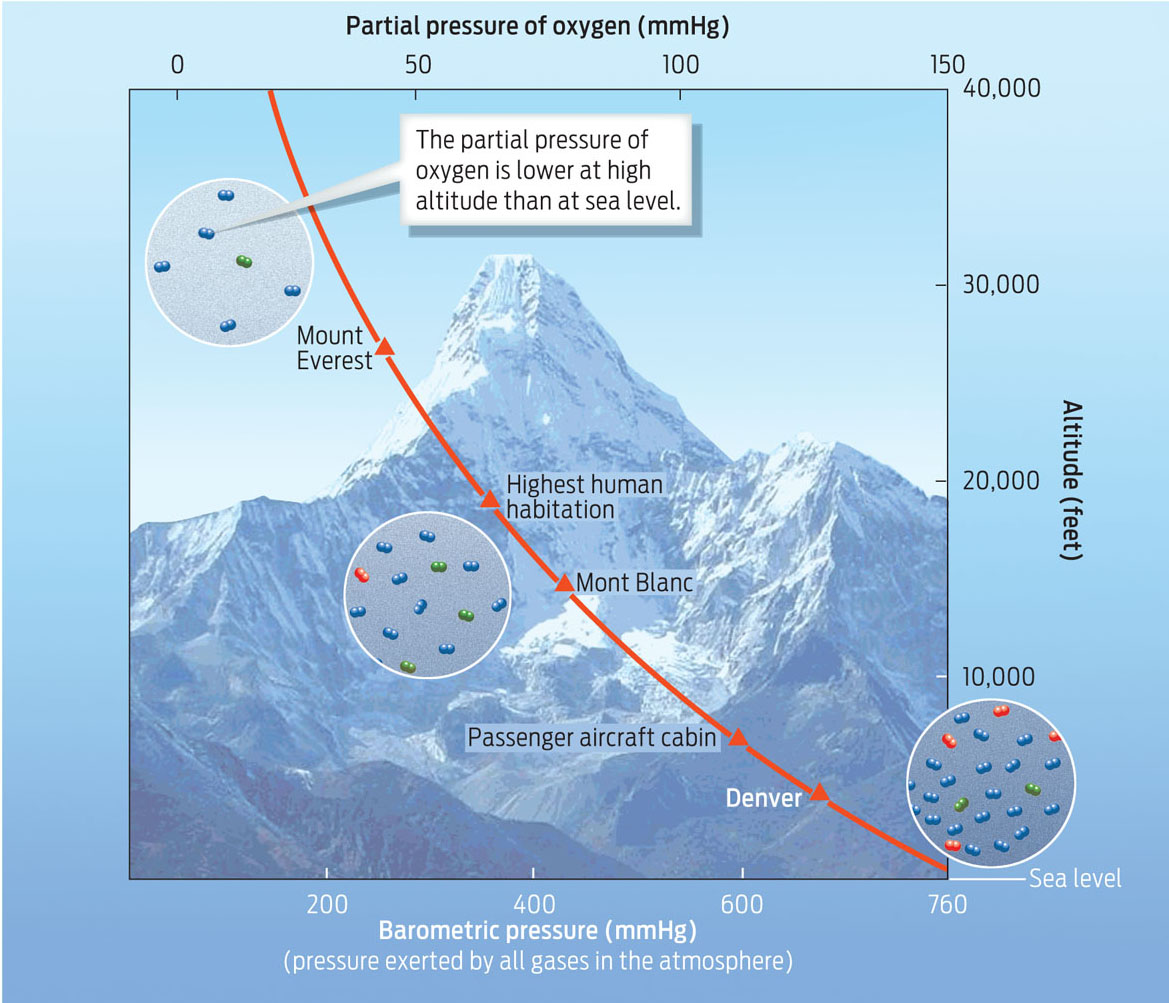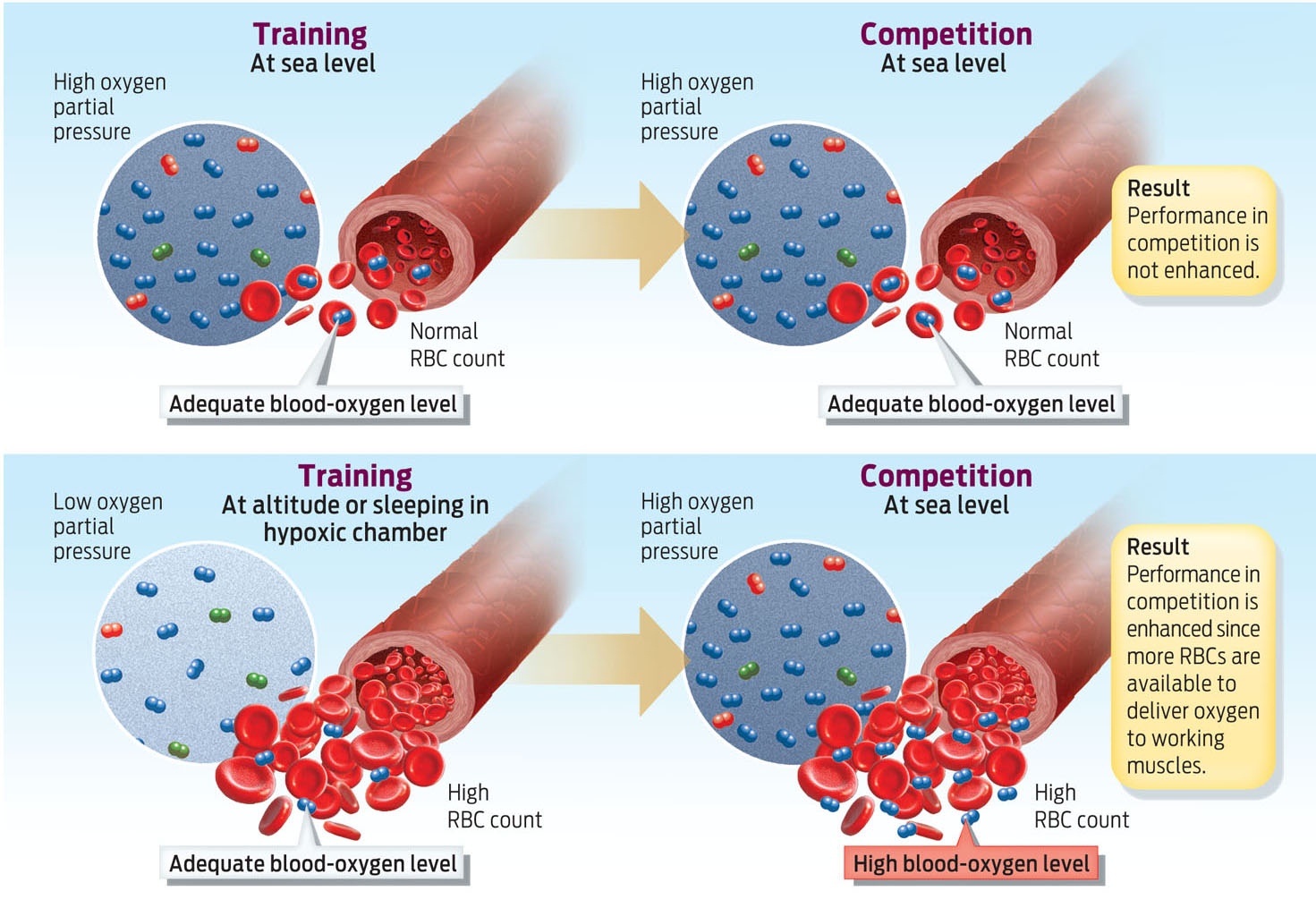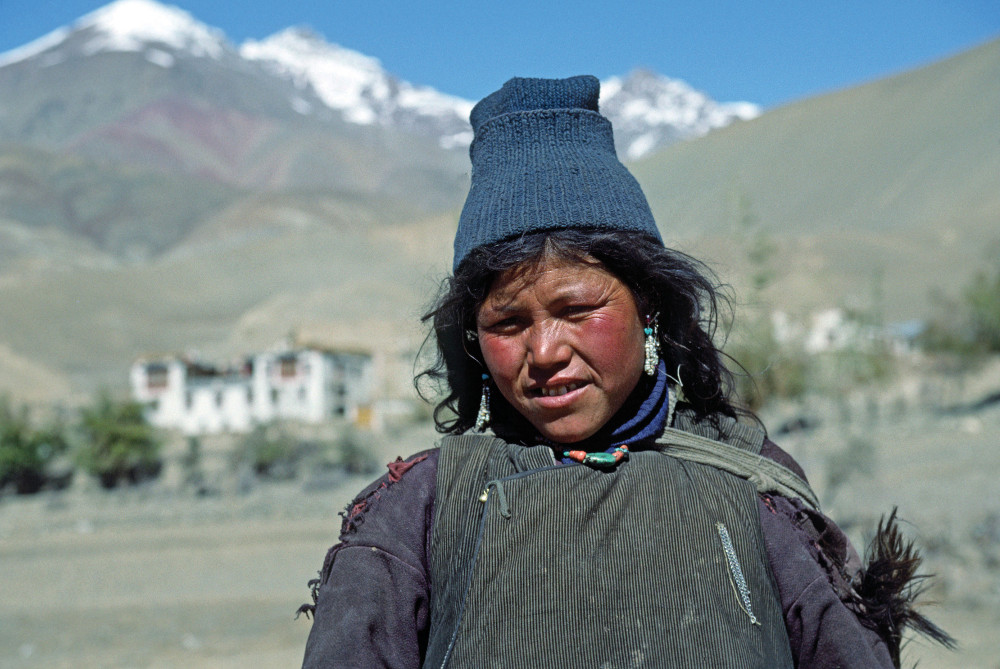BOY IN A BUBBLE
Like many athletes on the U.S. Olympic team, Phelps typically travels to Colorado Springs anywhere from three to five times a year, for 4 to 5 weeks at a time. Phelps says he had his personal hypoxic chamber installed in his bedroom at his home in Baltimore, Maryland, in 2011, after noticing that he recovered faster while living at high elevation.
PARTIAL PRESSURE The proportion of total air pressure contributed by a given gas.
“We’ve been able to realize after going to Colorado Springs so many times that it is something that helps me recover,” Phelps told the Associated Press in 2012. “That’s something that is so important to me now being older. I don’t recover as fast as I used to.”
Hypoxic chambers simulate altitude by artificially reducing the amount of oxygen in the air. By reducing oxygen concentration from about 21% (in untreated air) to about 15%, the chambers reduce oxygen’s partial pressure, simulating an altitude of approximately 8,000 feet. Partial pressure and barometric pressure are measured in units called millimeters of mercury (mmHg) (INFOGRAPHIC 28.4).
As altitude increases, overall air pressure (barometric pressure) decreases. This means the pressure contributed by oxygen (its partial pressure) also decreases.

628
The lower oxygen concentration Phelps experiences while he sleeps stimulates his body to produce RBCs, while the regular oxygen concentration during the day helps him train at his normal, vigorous levels. It’s a simulated version of the “live high, train low” scenario.
Phelps may be unusual among athletes in the degree to which he has used a hypoxic chamber, but he is certainly not alone in using altitude training. In fact, according to Wilber, nearly all elite athletes do (INFOGRAPHIC 28.5).
Both hypoxic chambers and natural altitude training are based on the same principle. By living or sleeping at lower partial pressures of oxygen, athletes will elevate their RBC count. This enhances the oxygen-carrying capacity of the blood when competing at sea level.

ALTITUDE SICKNESS An illness that can occur as a result of an abrupt move to an altitude with a reduced partial pressure of oxygen.
Are there any downsides to sleeping in hypoxic conditions? At least over the short term, there don’t appear to be. In fact, many humans, including some Tibetan and Andean peoples, live easily at much higher elevations (above 10,000 feet) with even less oxygen. However, there is evidence that these populations have adapted over thousands of years to the hypoxic conditions by becoming better able to absorb and transport oxygen. Someone coming from sea level, who lacked these adaptations, would have a hard time thriving at these elevations, and may in fact succumb to altitude sickness. Wilber notes that some athletes find that the chambers give them headaches or that they have trouble sleeping.
629

Phelps’s biggest complaint is more mundane: “The worst thing is trying to watch TV in it. I’ve got to watch it through Plexiglas—it’s blurry,” Phelps told the Associated Press.
These are complaints that nonendurance athletes don’t have to worry about. Typically, nonendurance athletes don’t use altitude training. That’s because sports such as weight-lifting and sprinting require only short bursts of energy, and thus do not rely as much on aerobic respiration, and so having extra RBCs doesn’t really help these athletes (see the discussion of fermentation in Chapter 6). “If you wanted to, you could run a 100-meter dash holding your breath,” notes Wilber.